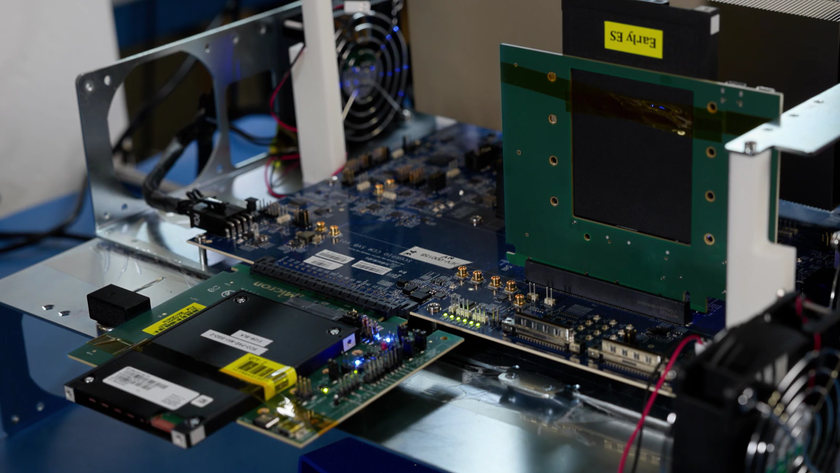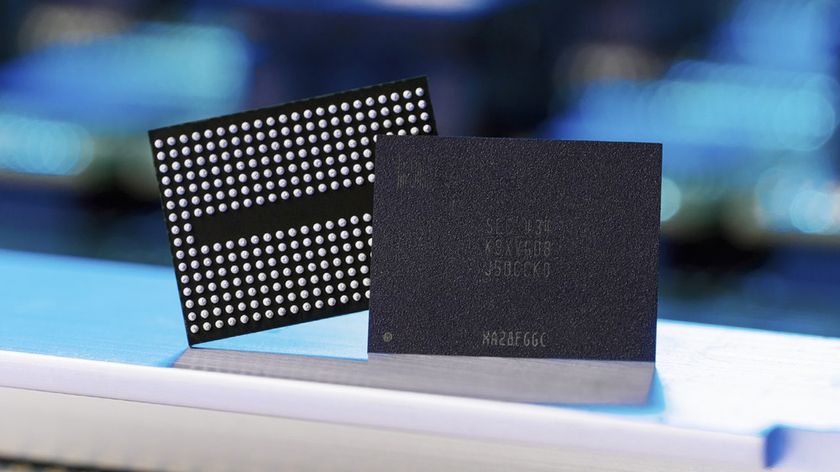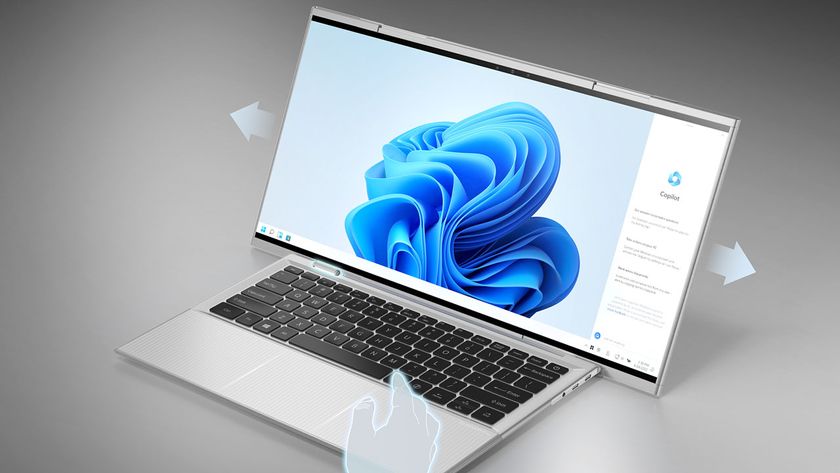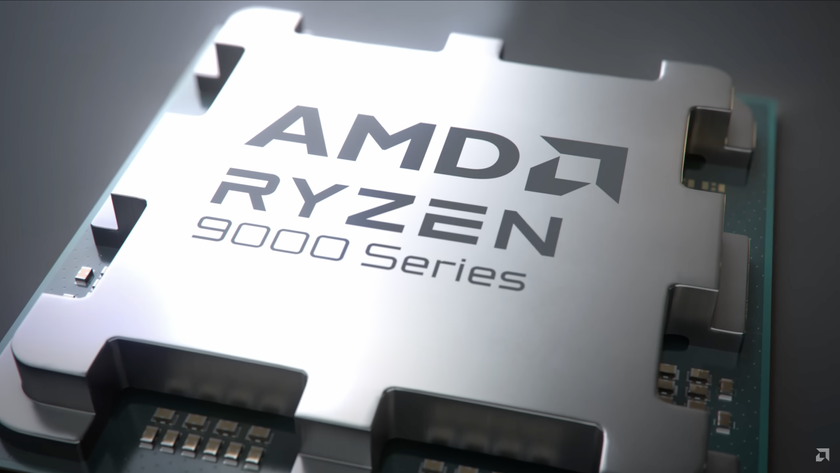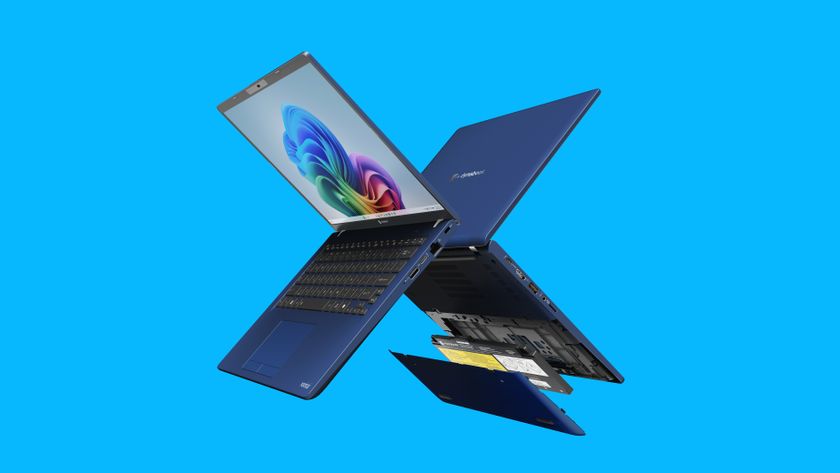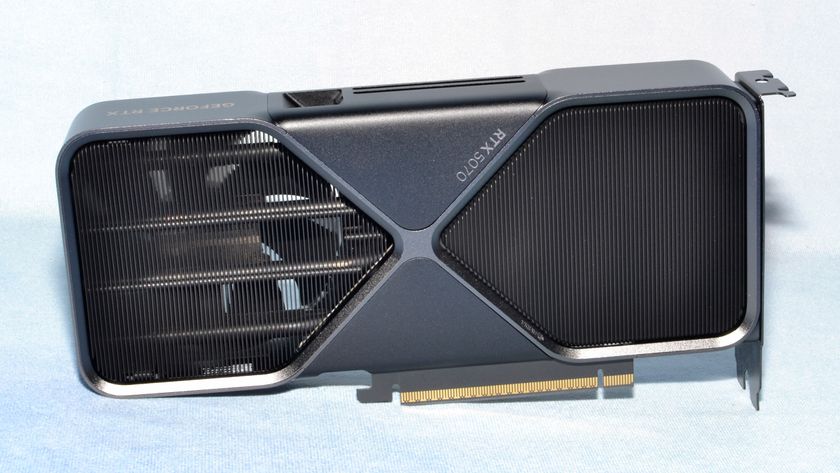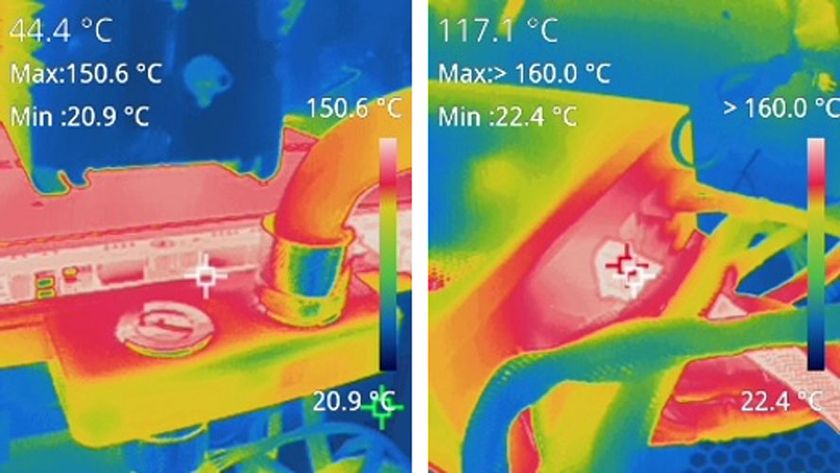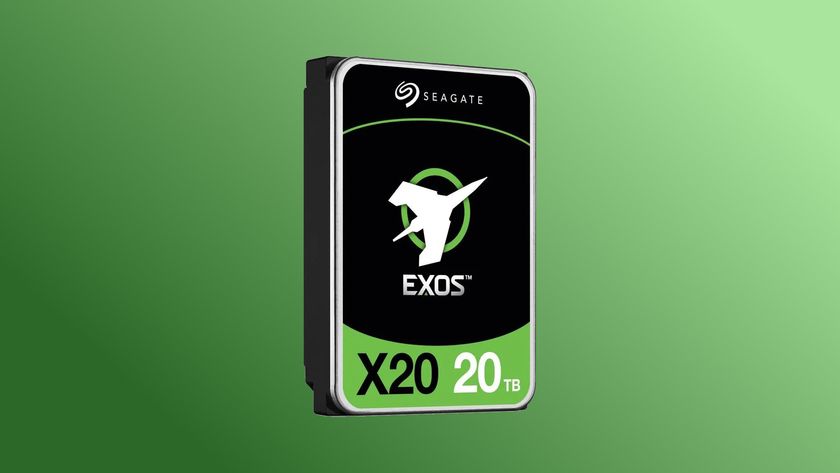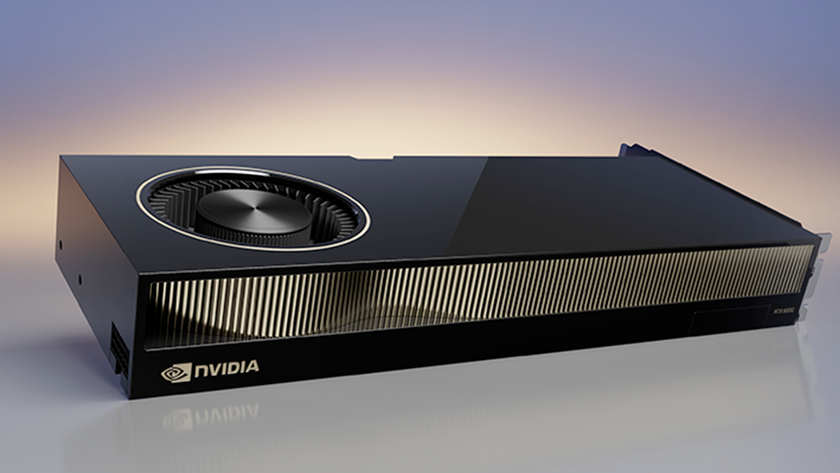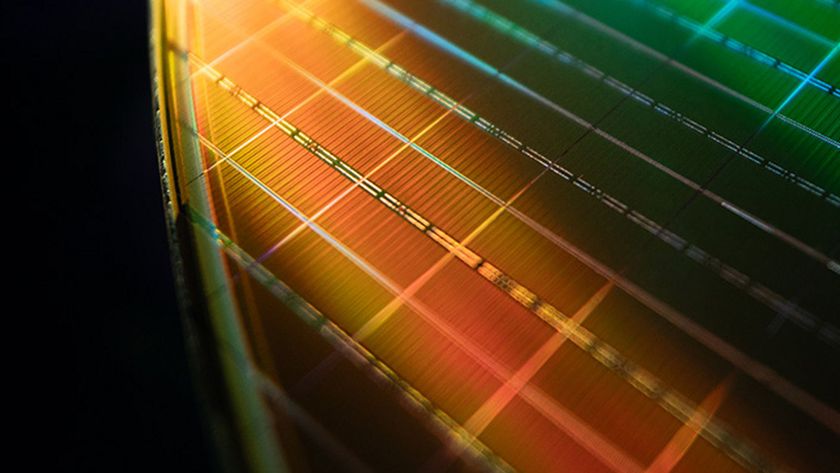Crossover Flash Memory Device Standard Announced
XFMD addresses everything from small IoTs to notebooks.
JEDEC has introduced its new Crossover Flash Memory (XFM) form-factor for NAND memory-based storage devices that brings together a small, thin form factor which is easily replaceable while using industry-standard interfaces and protocols. XFM Embedded and Removable Memory Devices (XFMDs) are designed for a wide variety of applications that span from small form-factor Internet-of-Things products to notebook PCs.
Nowadays there are two form-factor standards for client-oriented NAND memory storage devices: UFS for low-power embedded and mobile applications as well as M.2 for PCs. UFS 3.1 devices offer decent performance at low power, but are not replaceable, which poses some problems to manufacturers as they lose a lot of flexibility when they use soldered-down drives. By contrast, M.2 modules are replaceable and can offer extreme performance but consume a lot of power and are too big for small devices.
JEDEC's JESD233 XFM Embedded and Removable Memory Device (XFMD) standard is designed to wed removability and tiny dimensions. XFM modules will use a PCIe physical interface to connect to hosts and a high-level NVMe protocol for accessing NAND flash media without overheads and with a low latency. Therefore, on electrical and logical levels XFM devices will look to hosts just like M.2 modules.
Developers of the form-factor position XFMDs for a wide range of applications, including IoT devices, automotive applications, notebooks, gaming consoles, video recording devices (drones, surveillance systems, etc.), and extended reality (AR, VR, MR) headsets, just to name a few.
Usage of XFMDs instead of UFS drives will slightly simplify mobile SoCs as they will not have to integrate appropriate logic. Meanwhile, PSI-SIG's PCIe interfaces are more power hungry than MIPI Alliance's M-PHY, so it remains to be seen whether XFMDs will be able to replace UFS in all kinds of applications.
So far, Kioxia and Mediatek have endorsed the new form-factor. One interesting thing to note is that while Kioxia is talks about 'semi-removable storage,' whereas MediaTek calls XFMDs 'expandable storage options for end users.'
"We are convinced that the XFM Embedded and Removable Memory Device (XFMD) standard will be used as a game changer for semi-removable storage in many electronic and IOT devices, taking advantage of its balanced performance, small size, and easy maintenance," said Atsushi Inoue, Senior Director, Memory Division, Kioxia.
Stay On the Cutting Edge: Get the Tom's Hardware Newsletter
Get Tom's Hardware's best news and in-depth reviews, straight to your inbox.
"MediaTek is proud to have collaborated with JEDEC members to advance the development of the Embedded and Removable Memory Device (XFMD) standard, which provides an attractive option for high-performance storage in embedded devices," said Harrison Hsieh, Senior General Manager of Silicon Product Development at MediaTek. "Platform developers and device makers can easily adopt XFMD with minimal effort to enable new, expandable storage options for end users."

Anton Shilov is a contributing writer at Tom’s Hardware. Over the past couple of decades, he has covered everything from CPUs and GPUs to supercomputers and from modern process technologies and latest fab tools to high-tech industry trends.
